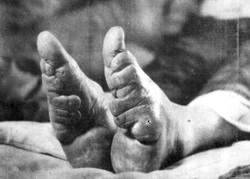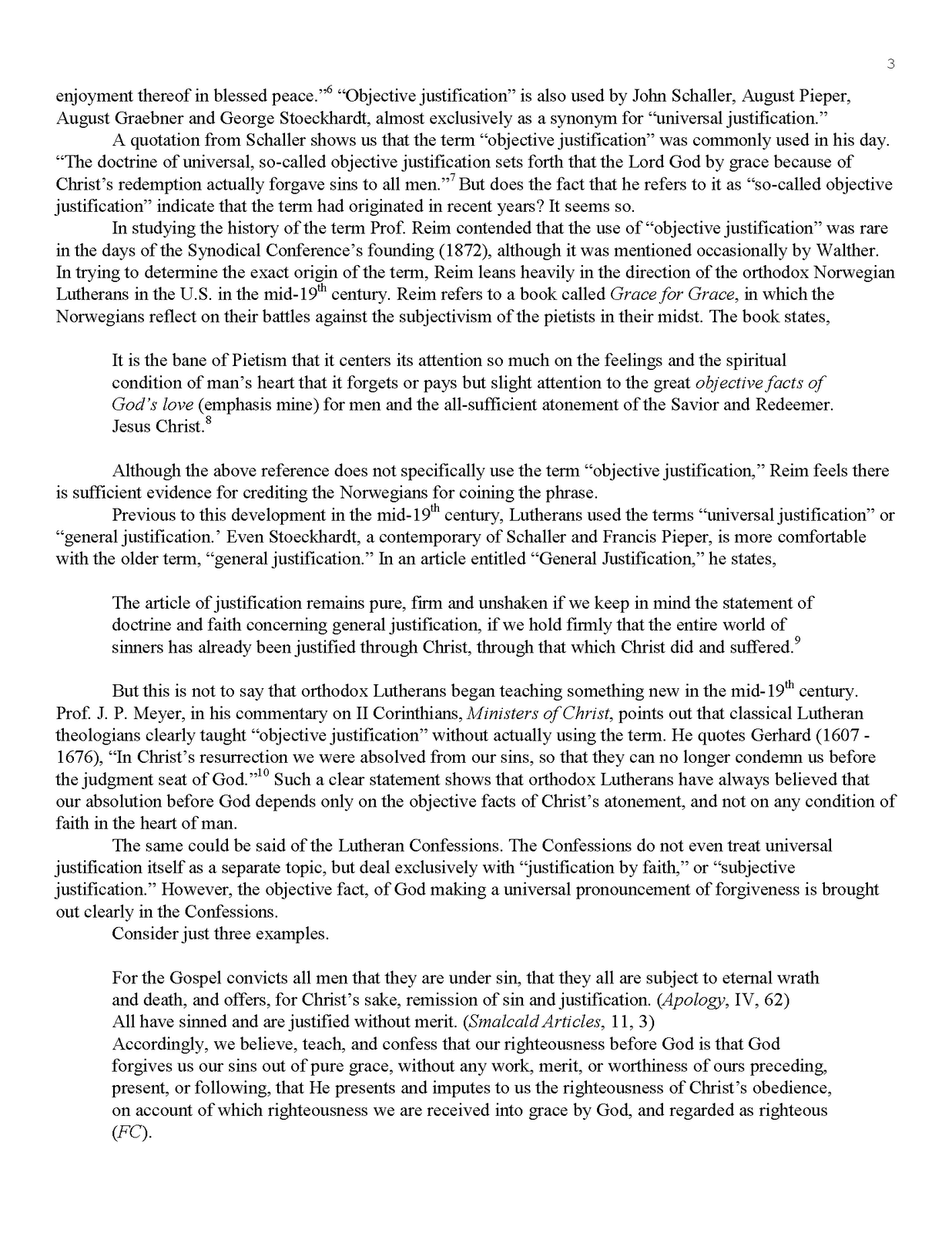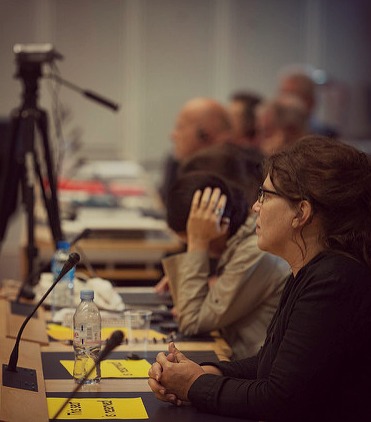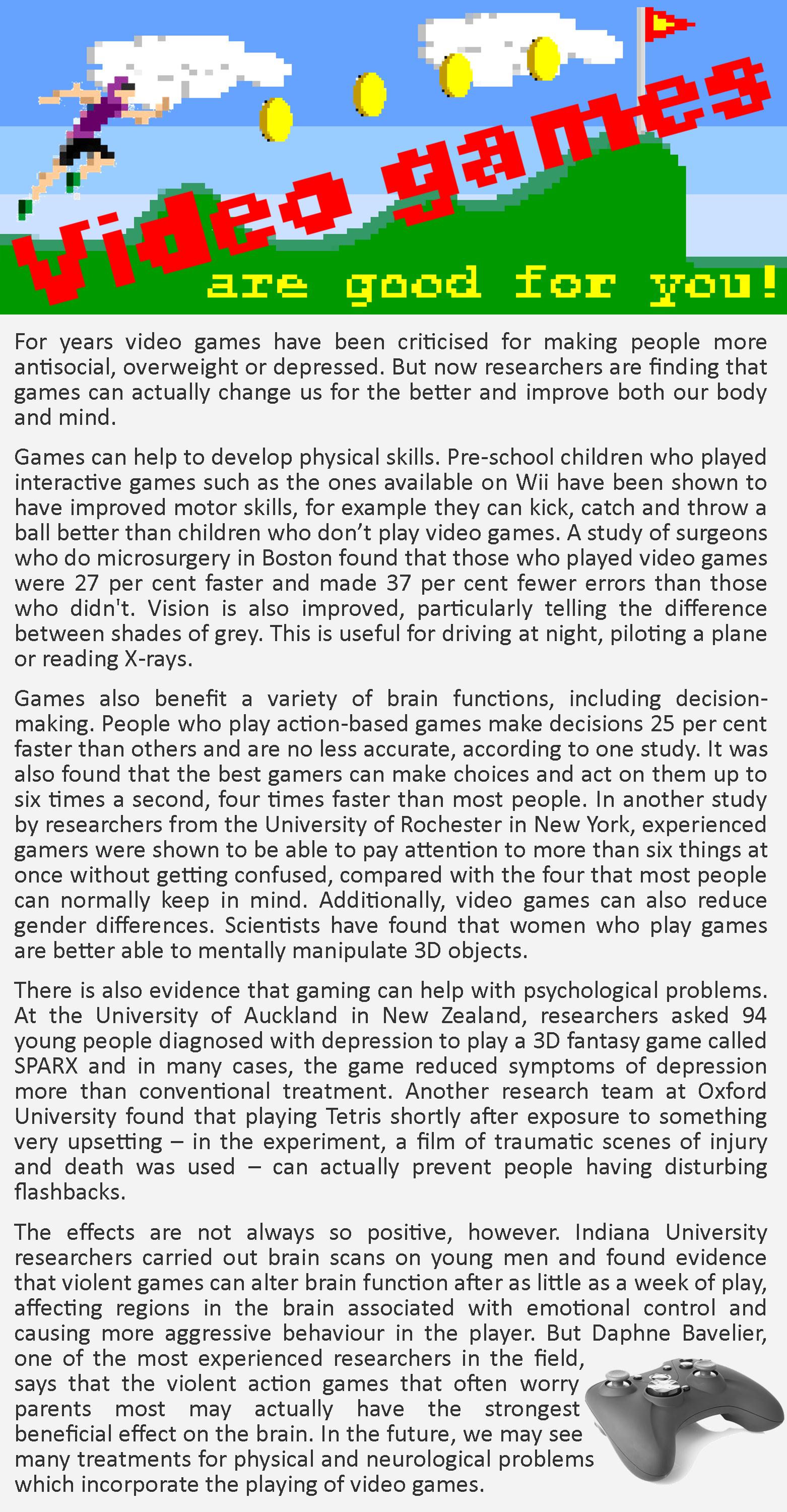Broken Windows And The Cpted Policing Strategies.
Social psychologists and police officers tend to agree that if a window in a building is broken and is left unrepaired, all the rest of the windows will soon be broken.. communities without.
The term Broken Windows come from the term used in 1982 article in The Atlantic Monthly by James Q. Wilson and George L. Kelling. Broken Window s theories, propose that in addition to ignoring minor crimes and the minor sings of disorder the results will be additional disorder and ultimately lead to serious crimes to be committed.

The phrase “broken windows” is a metaphor that neatly illustrates the policy, as first put forth by James Q. Wilson and George L. Kelling in a 1982 essay of that name in The Atlantic. If a window in a building is broken and left unrepaired, the rest of the windows will soon be broken as well, because the unrepaired window signals that no.

The Broken Windows Theory is derived from an article called “Broken Windows,” written by James Q. Wilson and George L. Kelling and published in The Atlantic Monthly in March 1982. In short, the theory states that disorder breeds more disorder within a neighborhood.

We are strongly associated with the Broken Windows approach to policing. Together with the late political scientist James Q. Wilson, George Kelling wrote the seminal 1982 article on Broken Windows, published in the Atlantic, and has served widely.

The broken windows theory is an academic theory proposed by social scientists James Q. Wilson and George Kelling in 1982. The academic theory, which first appeared in The Atlantic Monthly, states that signs of disorder in a neighborhood, like a broken window, encourages petty crimes and leads to more serious crimes. This postulation was adopted.

How 'broken window' policing continues to shatter black lives. joined together to write an article for The Atlantic Monthly titled “Broken Windows: The police and neighborhood safety.
Broken Window Effect.. Wilson and Kelling's seminal Broken Windows essay emphasized the importance of policing the little things in. Using monthly time-series arrest and crime data over a.

This is at least in part due to the fact that disorder and crime are usually inextricably linked at the community level. Social psychologists and police officers tend to agree that if a window in a building is broken and is not repaired, all the rest of the windows will soon be broken.

The use of the rubric zero tolerance policing to describe broken-windows policing is, however, a matter of some contention. George Kelling, the coauthor of the original ”Broken Windows” essay, adamantly opposes the rubric zero tolerance, arguing that the essence of the broken-windows theory is the discretion afforded police officers to decide when to enforce minor infraction laws and when.

The theory was first introduced in 1982 in an article in the Atlantic Monthly by James Q. Wilson and George L. Kelling. The Wikipedia article quotes the Atlantic Monthly article as follows: Consider a building with a few broken windows. If the windows are not repaired, the tendency is for vandals to break a few more windows.

In a 1982 Atlantic Monthly essay, James Q. Wilson and George L. Kelling introduced the “broken windows” theory of policing, arguing that law enforcement and communities had to tend to the.

This Broken Windows Theory of Crime Essay example is published for educational and informational purposes only. If you need a custom essay or research paper on this topic, please use our writing services.EssayEmpire.com offers reliable custom essay writing services that can help you to receive high grades and impress your professors with the quality of each essay or research paper you hand in.



